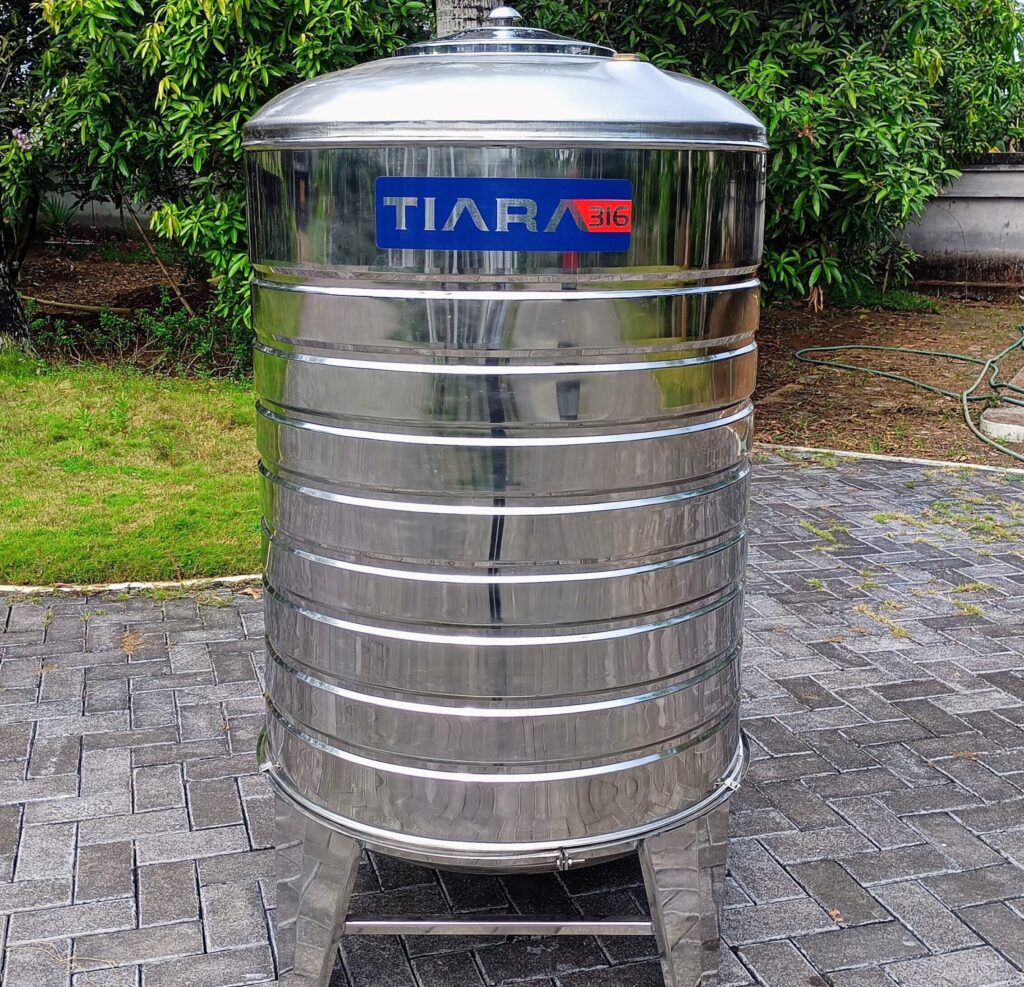
Stainless steel water tanks are widely praised for their durability, longevity, and resistance to corrosion. Whether used for residential, commercial, or industrial applications, understanding the lifespan of these tanks is crucial for making an informed investment. Here’s a comprehensive look at the factors influencing the durability and expected lifespan of stainless steel water tanks.
Material Composition and Quality:
The lifespan of a stainless steel water tank largely depends on the quality of the stainless steel used. Stainless steel is categorized into different grades, with 304 and 316 being the most common in water tank applications. Grade 304 stainless steel, also known as 18/8 stainless steel, is resistant to rust and corrosion, making it suitable for most water storage needs. Grade 316 stainless steel, which contains molybdenum, offers superior resistance to corrosion, particularly in saline or chlorinated environments. Choosing a tank made from high-quality stainless steel will directly impact its longevity.
Corrosion Resistance:
One of the key advantages of stainless steel is its resistance to corrosion. This resistance is due to the chromium content in the steel, which forms a protective layer on the surface. However, while stainless steel is highly resistant, it is not entirely immune to corrosion. Factors such as the quality of the water, the presence of chemicals, and environmental conditions can affect the tank’s longevity. In areas with aggressive water conditions, such as high levels of chlorine or salt, using higher-grade stainless steel can enhance the tank’s durability.
Maintenance and Care:
Proper maintenance plays a significant role in extending the lifespan of stainless steel water tanks. Regular inspections and cleaning can help prevent the buildup of sediments, which may lead to corrosion or damage over time. It’s also important to ensure that the tank is properly sealed and any potential leaks are promptly addressed. Additionally, keeping the tank free from external contaminants and avoiding harsh cleaning chemicals will help maintain its integrity.

Installation and Usage:
The way a stainless steel water tank is installed and used can influence its lifespan. Proper installation ensures that the tank is supported correctly and minimizes the risk of physical damage. It’s also crucial to avoid overloading the tank and to follow manufacturer guidelines for usage. Tanks that are subjected to excessive stress or improper handling may experience reduced lifespans.
Environmental Factors:
Environmental conditions such as temperature fluctuations, exposure to UV rays, and humidity can affect the longevity of stainless steel water tanks. Stainless steel tanks are generally designed to withstand a range of environmental conditions, but extreme temperatures and constant exposure to harsh elements can accelerate wear and tear. In such cases, choosing a tank with protective coatings or additional insulation might be beneficial.
Expected Lifespan:
On average, a high-quality stainless steel water tank can last between 20 to 30 years. This range can vary based on the factors mentioned above. Tanks made from superior grades of stainless steel and those that are well-maintained and installed correctly may exceed this average lifespan. Conversely, tanks exposed to harsh conditions or improper care might have a shorter lifespan.
Conclusion:
Stainless steel water tanks are known for their impressive durability and long service life. By selecting a high-quality tank, performing regular maintenance, and ensuring proper installation and care, you can maximize the lifespan of your tank and enjoy its benefits for many years. Understanding the factors that influence the longevity of stainless steel water tanks helps in making informed decisions and ensuring that your investment continues to serve you effectively.


